The UPS Global Store Locator is a user-friendly online tool connecting millions worldwide to easily find UPS locations for shipping, postal services, and drop-offs. With a simple interface, it's the go-to solution for individuals and businesses, providing quick access to UPS facilities globally.





Show a smart and innovative app that delivers real-time insights and solutions.

Simplify your shipping experience with a user-friendly and intuitive app that adapts to your needs and preferences.

Keep your customers loyal and satisfied with a reliable and responsive app that provides personalized support and feedback.

High bounce rates on the UPS Store Locator may indicate usability issues, hindering user engagement and efficient location finding.

User feedback suggests challenges with navigation and service information, impacting satisfaction and hindering the optimal experience for location seekers.

Dated design on the UPS Store Locator influences user perception, creating a less appealing experience and potentially discouraging effective interaction.

Outdated UPS Global Store Locator design.

Reviewing all the details about the UPS Global Store Locator.

Evaluated the clarity and intuitiveness of the navigation system. Viewed the hierarchy if it was well organized and easily understandable.

Went over my findings and asked further questions on the MVP for this project.

Examined the efficiency of user interactions and the steps to complete a task.
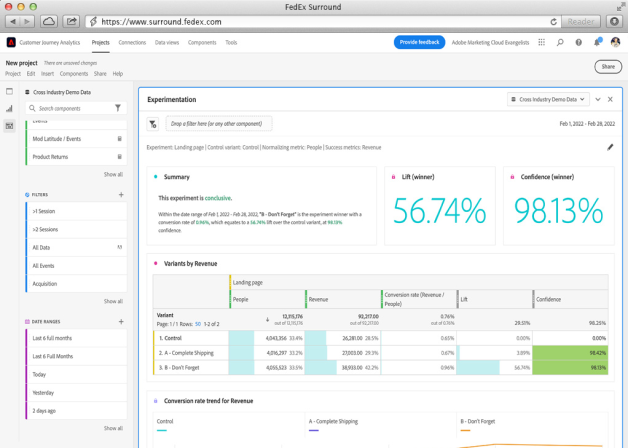
Analytics in UX refine design, track user behavior, and enhance experiences, ensuring a data-driven, user-centric approach.
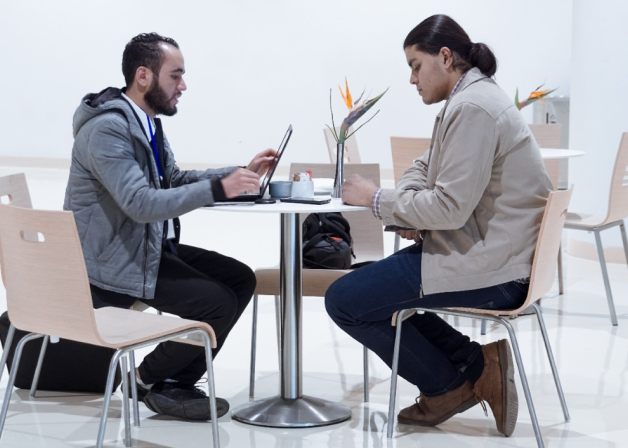
Secured departmental approval for client interviews, crafting targeted, open-ended questions to uncover key user-centric insights.

Categorize and prioritize user feedback, transforming insights into actionable points for productive discussions.
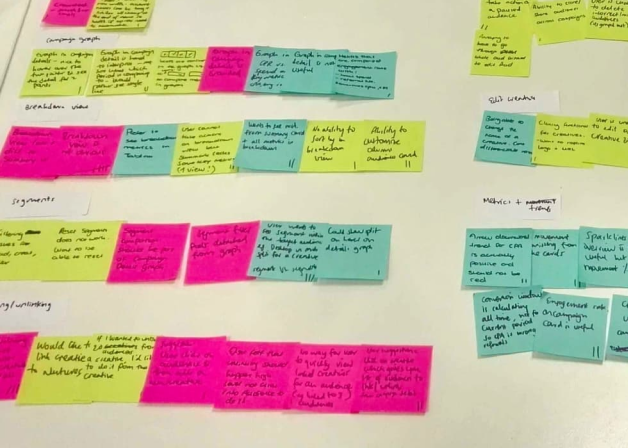
Collaborated with the team in an infinity mapping session, synthesizing insights from UX interviews to brainstorm and generate innovative user experience solutions.
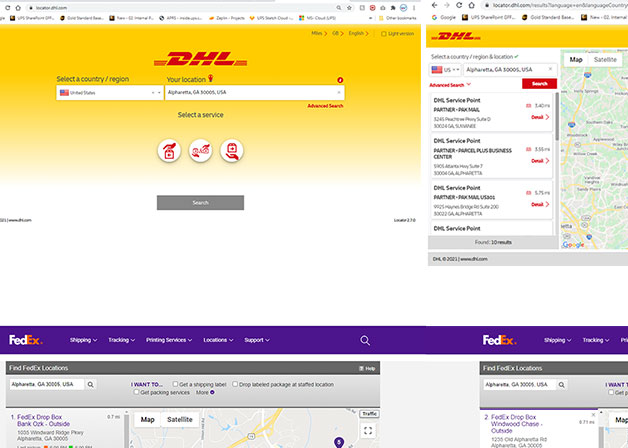
Performed an extensive competitive and comparative analysis, evaluating our UX against top logistics firms to pinpoint strategic enhancement opportunities.
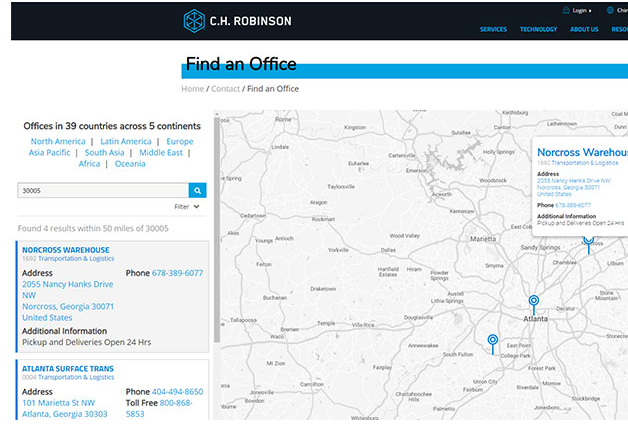
Generated inventive ideas by exploring competitive and comparative research, fueling the development of innovative UX design concepts.
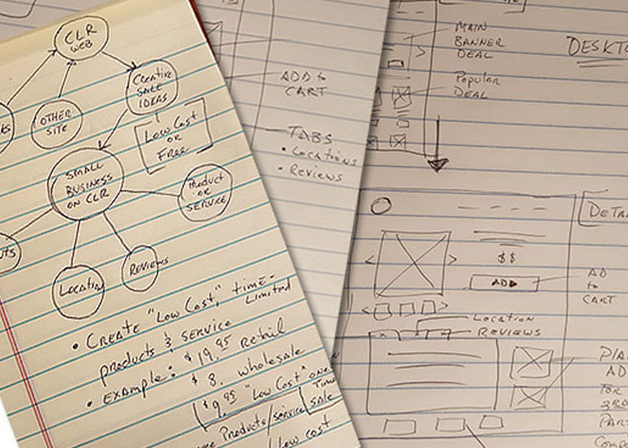
Utilized traditional pen and paper for ideating UX designs, transforming abstract concepts into tangible and visual sketches for development.

Developed interactive UX wireframes on XD & Figma, giving form to early-stage design concepts for iterative testing and refinement.
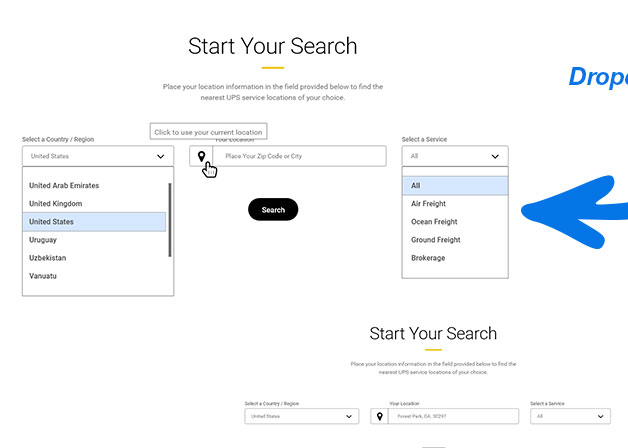
The initial draft serves as the launchpad for creativity in UX design, providing space for ideas to evolve without perfection pressure.
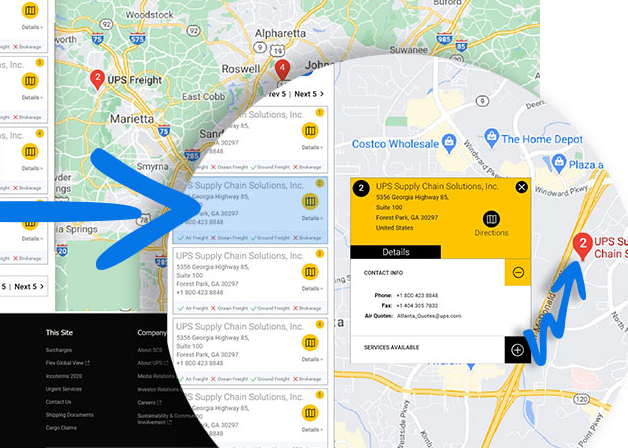
Iterative design guarantees the end result aligns with users' needs and expectations, fostering a user-centric approach for optimal resonance.

Consensus on ultimate UX designs is crucial, ensuring stakeholders align on the product's vision, functionality, and aesthetics.
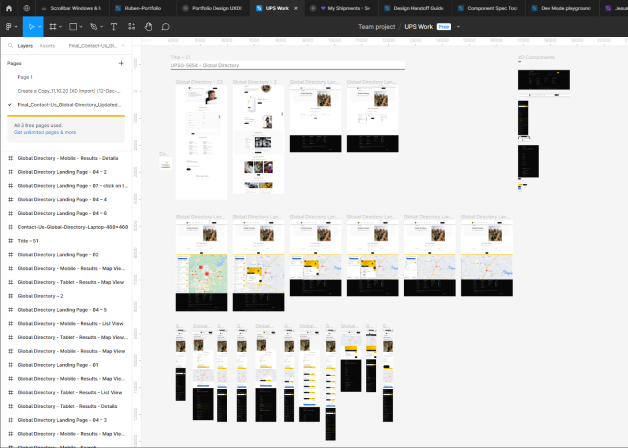
Detailed prototyping is crucial, bridging design to the final product, facilitating issue spotting, and assessing readiness effectively.

The UPS Global Store Locator UX design project, encompassing designs for desktop and mobile versions, represents the culmination of thoughtful design efforts aimed at providing a seamless and user-friendly experience for individuals and businesses worldwide.
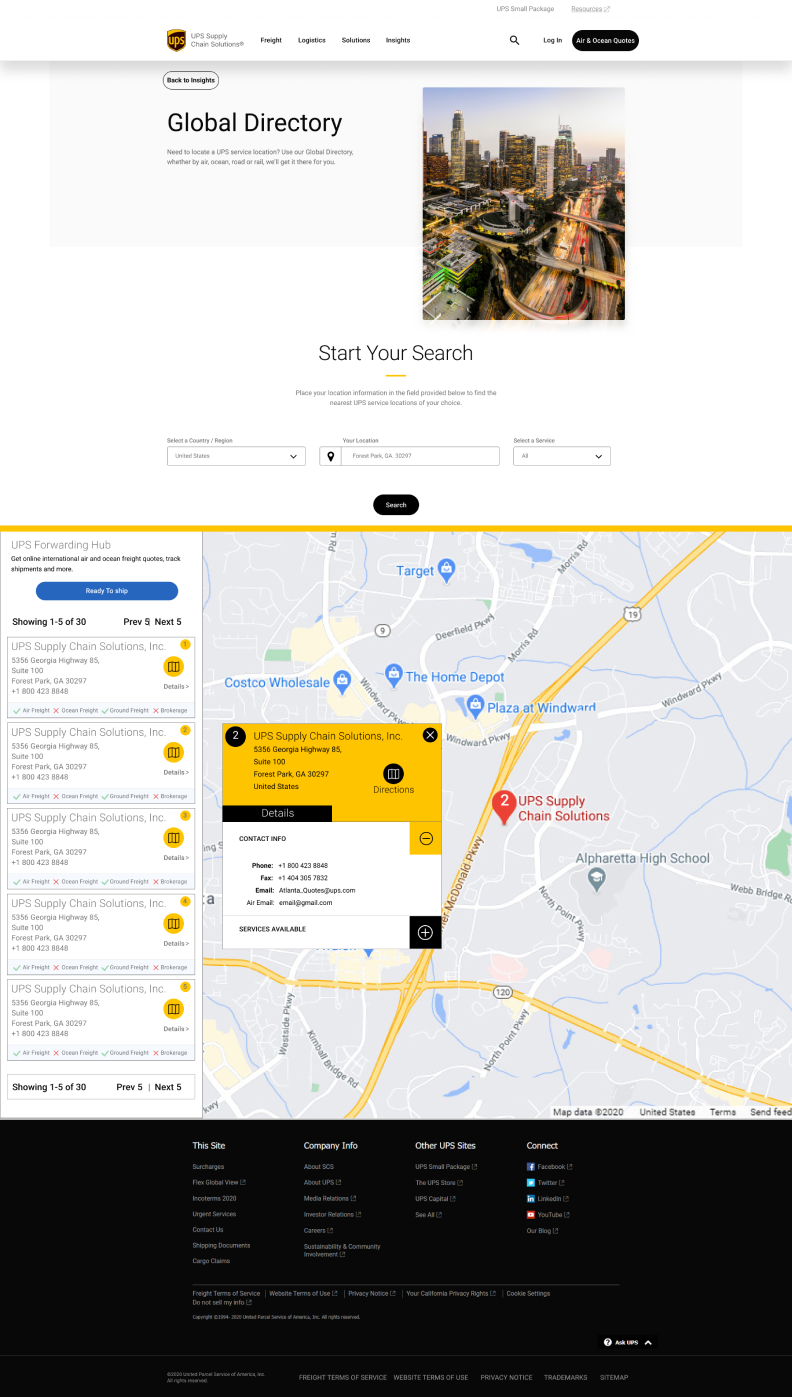
Approved Desktop Design for UPS Global Store Locator.

Approved Mobile Design for UPS Global Store Locator.

The UPS Global Store Locator UX project, covering mobile design, reflects thoughtful efforts for a seamless user experience worldwide.
The redesign of the UPS Global Locator legacy system to the user-centric iteration, the transformation is evident across various key aspects. The journey from the outdated interface to the contemporary, user-friendly design has been shaped by a commitment to user experience, UX philosophy and a thorough understanding of user needs.
The legacy design posed several challenges, including a complex and unintuitive navigation system, lack of clarity in information architecture, and a dated user interface that hindered efficient use. User feedback highlighted frustrations with the system's feedback mechanisms, error handling, and the overall interactive experience.
My approved design addresses these challenges head-on, placing a strong emphasis on clarity, simplicity, and ease of use. The navigation has been streamlined, adopting a more intuitive structure that ensures users can effortlessly locate the information they seek. Information architecture has been meticulously reorganized, enhancing the overall user journey. The user interface has been modernized, presenting a clean and visually appealing design that aligns with contemporary standards.
The positive feedback received from users underscores the success of the redesign. Users appreciate the improved navigation, finding it more intuitive and user-friendly. The revamped information architecture has led to a reduction in user confusion, resulting in quicker and more efficient interactions. The modernized user interface has not only improved aesthetics but has also positively impacted user engagement.
In conclusion, the UPS Global Locator redesign showcases the transformative power of applying sound UX philosophy. The journey from legacy challenges to a user-centric design with positive feedback highlights the importance of continuous improvement, user feedback, and a commitment to creating interfaces that truly serve the needs of the users. This project serves as a testament to the value of investing in user experience as a driver of success in digital design.